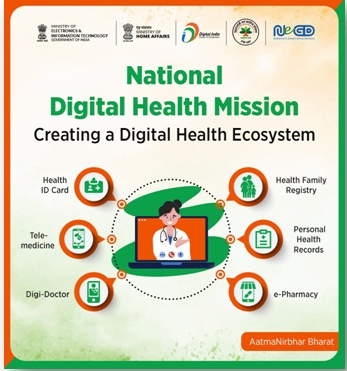Free Courses Sale ends Soon, Get It Now


Free Courses Sale ends Soon, Get It Now



Figure 2: No Copyright Infringement Intended
To strengthen the accessibility and equity of health services, including continuum of care with citizens as the owner of data, in a holistic healthcare programme approach leveraging IT & associated technologies and support the existing health systems in a
‘citizen-centric’ approach, the NDHM envisages the following specific objectives:
Health data is critical for creating holistic views of individuals, personalizing treatments, improving communication between caregivers and individuals, and delivering better health outcomes. Health data can be classified into the following categories:
© 2024 iasgyan. All right reserved